How to Get Rid of Bed Bugs: Vacuuming or Steaming?
Bed bugs are more common than many people think—and they don’t care how clean your home is. Whether you’ve noticed itchy bites, strange rust-colored spots on your sheets, or tiny bugs hiding in your mattress seams, you may be facing an infestation.
The good news? You don’t have to jump straight to toxic chemicals or costly professional treatments. Two of the safest, most effective ways to fight bed bugs are vacuuming and steaming. In this guide, we will describe how each method works, when you should use them, and tips for getting results that last a long time.
How to Know If You Have Bed Bugs
Bed bugs are small, flat insects that feed on human blood. They hide during the day and come out at night to bite, often leaving clusters of red, itchy marks behind.
Signs of Bed Bug Activity Include:
Small red bites in a line or cluster, especially on arms, legs, or neck
Tiny blood stains or dark fecal spots on bedding or furniture
Shedded skins or live bugs around mattress seams, headboards, or baseboards
A musty, sweet odor in the case of severe infestations
To inspect your space, use a flashlight and look along mattress seams, behind headboards, inside baseboard cracks, and around wall outlets or picture frames.
Important Bed bugs are elusive. Even if you don’t see them right away, their signs often appear before the insects themselves.
Are Bed Bugs and Dust Mites the Same?
People often think bed bugs are dust mites, but they’re very different.
Dust mites are minute creatures that require a microscope to be seen, and they live by eating dead skin cells. They don’t bite and aren’t visible to the naked eye, but these critters can cause allergy symptoms like itchy eyes, sneezing, or a runny nose.
Bed bugs, on the other hand, are visible and bite humans. If you’re dealing with allergic reactions but no visible bites, the culprit may be dust mites instead. You can learn more in our guide on how to deal with dust mites.
Can Vacuuming Get Rid of Bed Bugs?
Yes. Vacuuming is one of the fastest, easiest ways to reduce a bed bug population. It’s especially useful in the early stages of an infestation or when preparing for deeper treatment.
Vacuuming removes live bugs, debris, and eggs from surfaces—but it does not kill them. That’s why it should always be paired with additional treatments like steaming or laundering.
Pro-tip Vacuuming is an excellent first step, but follow it with steam or heat treatments to fully eliminate hidden pests.
How to Vacuum Bed Bugs
For best results, follow this step-by-step process.
Use a high-powered vacuum with strong suction and a sealed HEPA filter.
Attach a narrow crevice tool or brush to help dislodge bugs from tight spaces.
Target critical areas like mattress seams, box springs, carpet edges, and behind baseboards or outlets. Learn more with these strategies for vacuuming other tight or hidden areas.
Move slowly and carefully to avoid scattering bugs.
Dispose of vacuum contents immediately by sealing them in a plastic bag and taking it outside.
Wash reusable containers or nozzles in hot, soapy water.
Vacuuming should be done regularly until the infestation is completely gone. If you’re using a bagged vacuum, replace the bag after every session. For bagless models, clean the dustbin thoroughly after each use.
Explore Dreame’s full collection of cordless stick vacuums.
What Kind of Vacuum Works Best?
When selecting a vacuum cleaner to get rid of bed bugs, look for models with multi-layer filtration, strong suction, and tight seals. Lightweight cordless models are convenient for furniture and tight areas, while upright vacuums are better for carpets and large surfaces. Some people find portable “bug vacuum” tools useful for spot treatments, but they shouldn’t be relied on alone.
We recommend a model like the Dreame Z30 Cordless Vacuum Cleaner, which offers high suction power, multi-surface tools, and a HEPA-level filtration system—ideal for targeting hidden pests.
Will Vacuuming Kill Bed Bugs?
No. Vacuuming doesn’t kill bed bugs or their eggs. It only removes them from surfaces. Some bugs may survive inside the vacuum unless the contents are sealed and disposed of correctly.
Important: Never assume vacuuming alone is enough. Always combine it with additional treatments to avoid recurrence.
Can Steam Kill Bed Bugs?
Yes. High-heat steam is lethal to both adult bed bugs and their eggs on contact. That makes steaming one of the most powerful chemical-free methods for treating infestations.
Dreame Take Steaming is one of the most effective eco-friendly treatments, especially when combined with HEPA-level vacuuming. It targets what vacuums can’t reach—eggs in deep crevices and fabric folds.
How to Use Steam to Kill Bed Bugs
Steam works by delivering intense heat deep into cracks, fabrics, and crevices—areas where bed bugs love to hide.
Here’s how to use it safely and effectively:
Choose a dry vapor steamer that reaches at least 200°F (93°C).
Use nozzle attachments to control steam flow and access tight spaces.
Move slowly—about 1 inch per second—to allow heat to penetrate.
Focus on key areas like mattress seams, couch cushions, curtain folds, and baseboards.
Avoid steaming electronics, outlets, or sensitive surfaces.
Pro-tip Use a towel or cloth-covered nozzle to disperse steam evenly and increase fabric penetration.
Will Steam Kill Bed Bug Eggs?
Yes—if applied directly and at the right temperature. Steam must reach at least 120°F (49°C) to kill eggs. Most commercial-grade bed bug steamers exceed this threshold.
For best results, follow up with vacuuming to remove any dislodged or dead bugs after the surface dries.
Vacuum vs. Steam for Bed Bugs: Which Is Better?
Here’s a quick and simple side-by-side comparison table to help you decide:
Feature
Vacuuming
Steaming
Removes live bugs
Yes
Yes
Kills bugs on contact
No
Yes
Kills eggs
No
Yes
Works in tight crevices
Yes (with attachments)
Yes (with nozzles)
Safe for daily use
Yes
No
Chemical-free
Yes
Yes
Pros
Vacuuming is fast, non-invasive, and ideal for daily use.
Steaming penetrates deep and kills bugs and eggs in one pass.
Cons
Vacuuming doesn’t kill pests or eggs.
Steaming takes time and should be used cautiously around electronics.
Dreame Take Use both methods for the best results. Vacuuming removes visible bugs fast, while steam kills hidden eggs and survivors. Together, they form a highly effective, chemical-free strategy.
If you opt for a new vacuum or steamer, don’t let your old vacuum gather dust—give it a second life and help someone create a cleaner, healthier home by following this easy donation guide.
What to Do After Treating for Bed Bugs
After steaming or vacuuming, ongoing maintenance is key to preventing a rebound.
Wash all clothes, bedding, and linens in hot water and dry on high heat.
Encase your mattress and box spring in certified bed bug-proof covers.
Continue vacuuming sleeping areas at least once a week.
Install bed bug interceptors under bed and sofa legs.
Reduce clutter to eliminate hiding spots.
Inspect seams, furniture, and floors regularly for new signs.
After getting rid of bed bugs, it’s important to keep a clean house.
Pro-tip
Ongoing vigilance for the next 30 days is often the difference between success and relapse.
How to Prevent Bed Bugs Long-Term
Prevention is easier—and cheaper—than treatment. Stay ahead with these proactive tips:
Inspect all secondhand items before bringing them indoors.
Use luggage racks in hotels and avoid placing bags on beds or carpets.
Vacuum and steam your suitcase after traveling.
Seal cracks in baseboards, floorboards, and walls.
Use mattress encasements year-round, especially in apartments or dorms.
Educate roommates or household members about early warning signs.
Important If you live in shared housing, coordinate prevention efforts with neighbors or building management to prevent re-infestation.
FAQ
Can bed bugs go away on their own?
No. Left untreated, infestations grow larger. Active intervention is necessary.
Are bed bugs hard to kill with your fingers?
Yes. They are small, flat, and excellent at hiding. Manual squishing isn’t a solution.
Are bed bug eggs sticky?
Yes. They have a glue-like surface that allows them to stick to wood, fabric, and crevices.
Can bed bugs live in vacuum-sealed bags?
Not for long. Bed bugs need oxygen and will die in airtight conditions, but only if the seal remains intact.
Can a clothes steamer kill bed bugs?
Most clothes steamers do not maintain the consistent heat required. A dedicated bed bug steamer is more effective.
A clean home isn’t just tidy—it’s a sanctuary for your mind, especially when you’ve finally kicked bed bugs to the curb; feel the relief and reclaim your peace with this uplifting guide from Dreame on the mental health benefits of cleaning.
Final Note
Bed bugs are tough—but not impossible to beat. With a strategy that combines regular vacuuming, targeted steaming, and consistent follow-up, you can get rid of them safely and efficiently. Whether you’re managing a light infestation or preventing a recurrence, the key is consistency and the right tools.

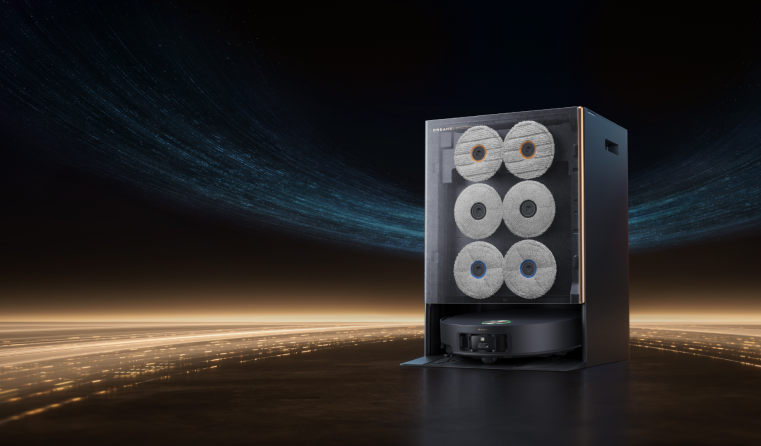
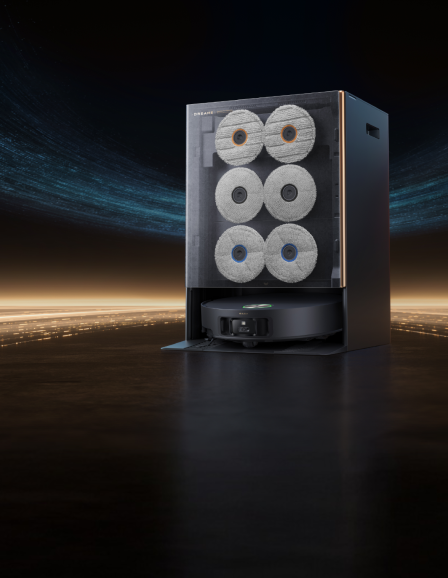
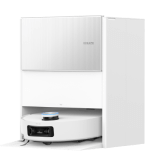
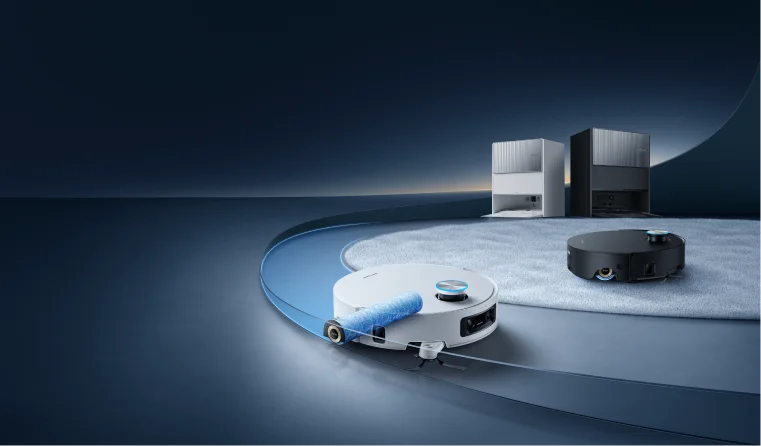
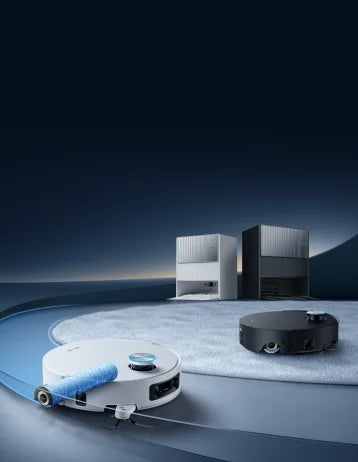
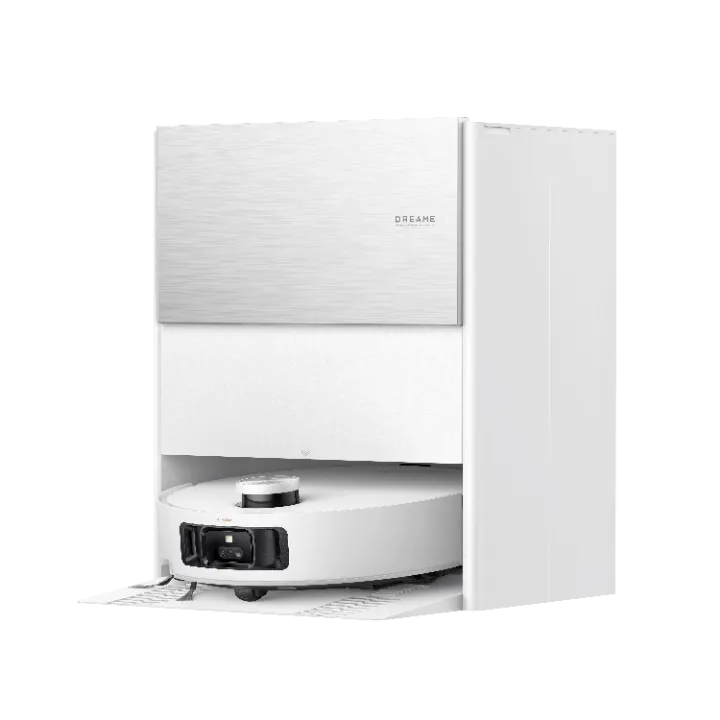
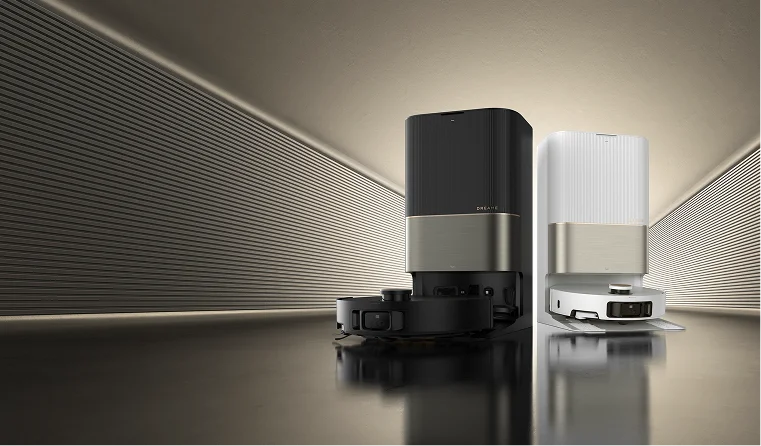
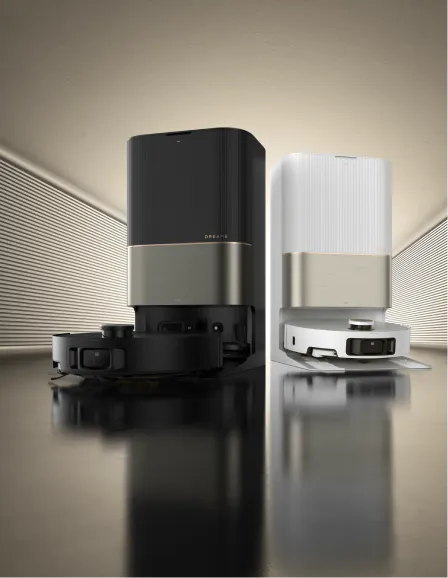
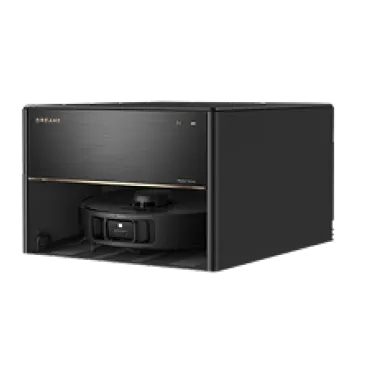
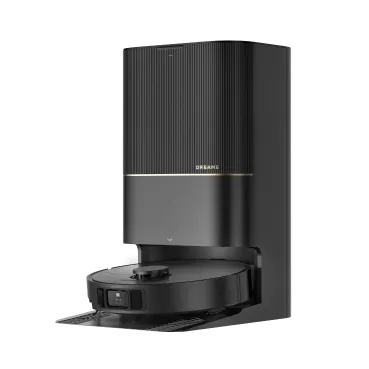
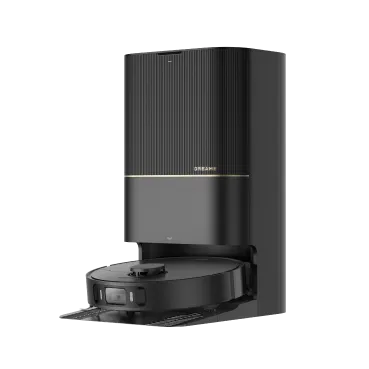
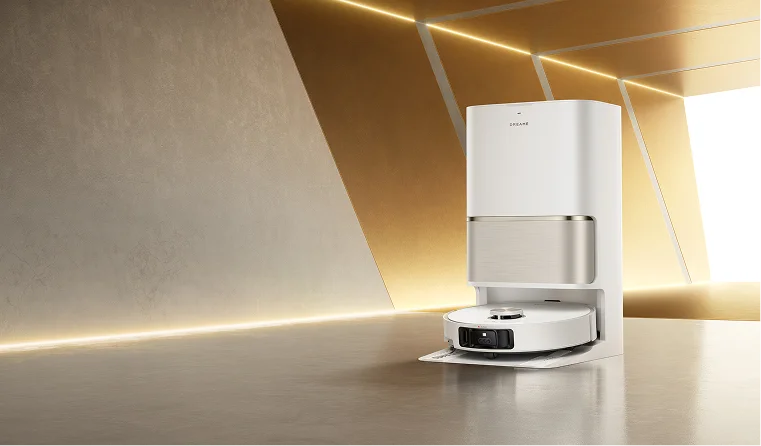
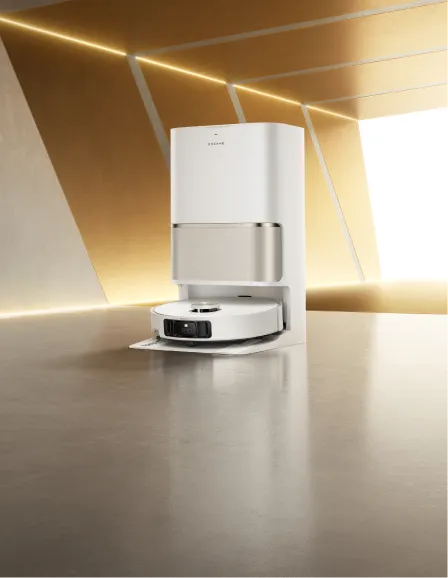
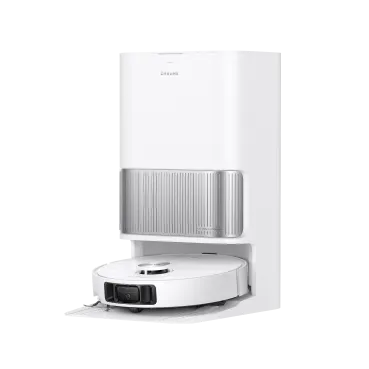
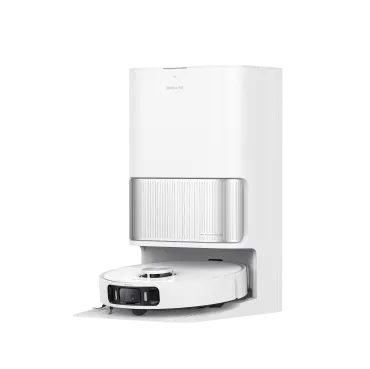
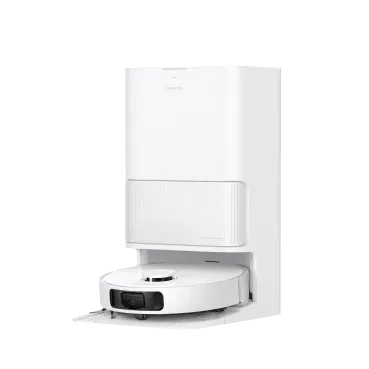
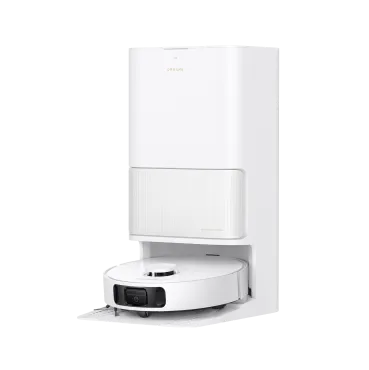
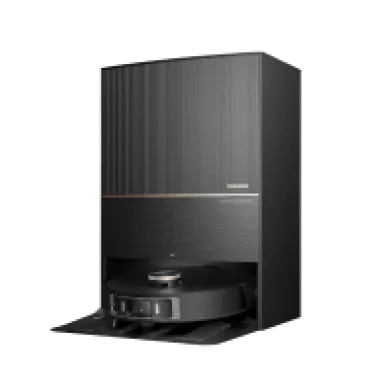
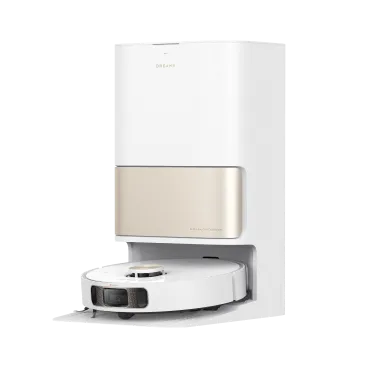
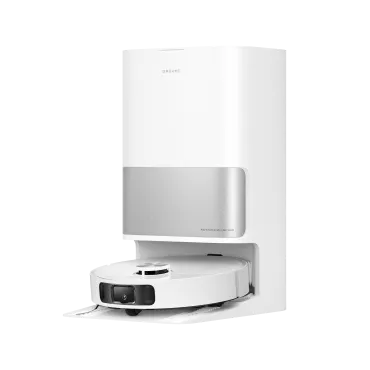
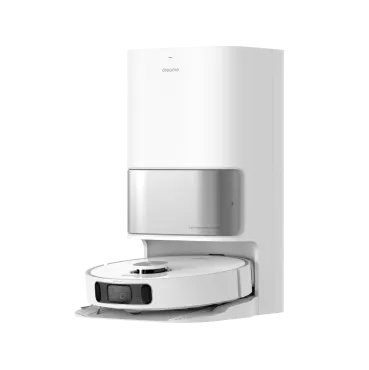
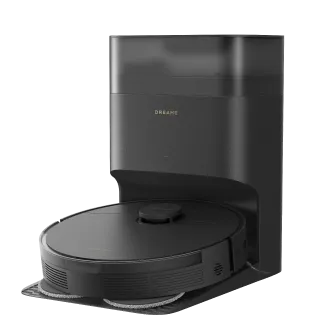
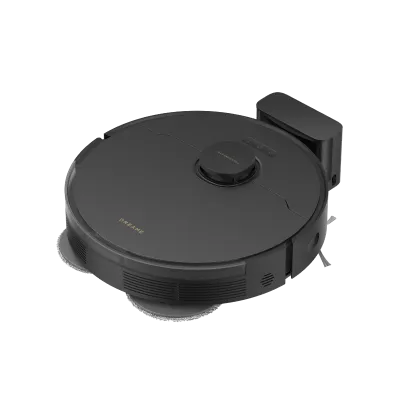
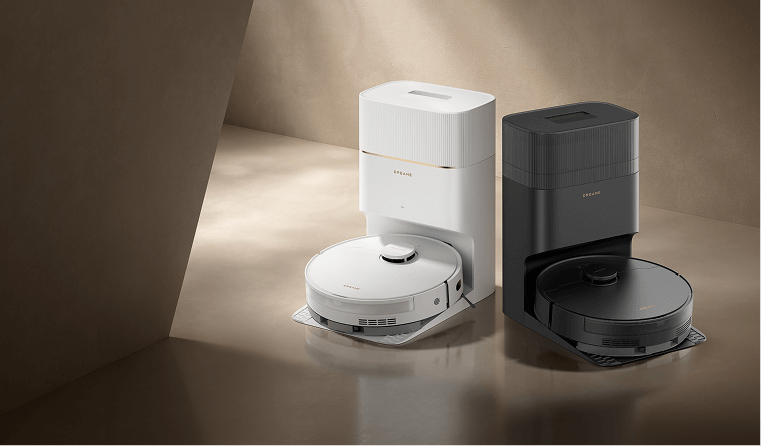
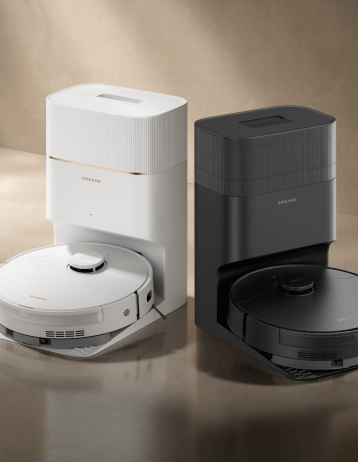
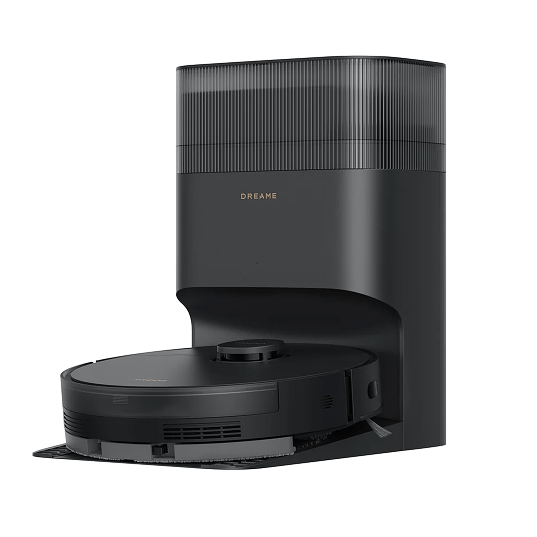
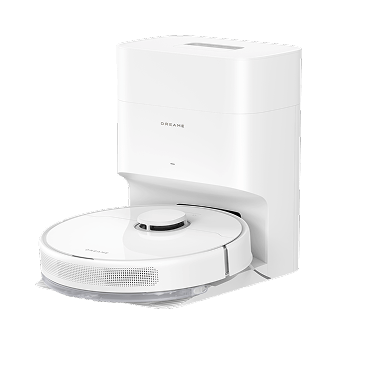
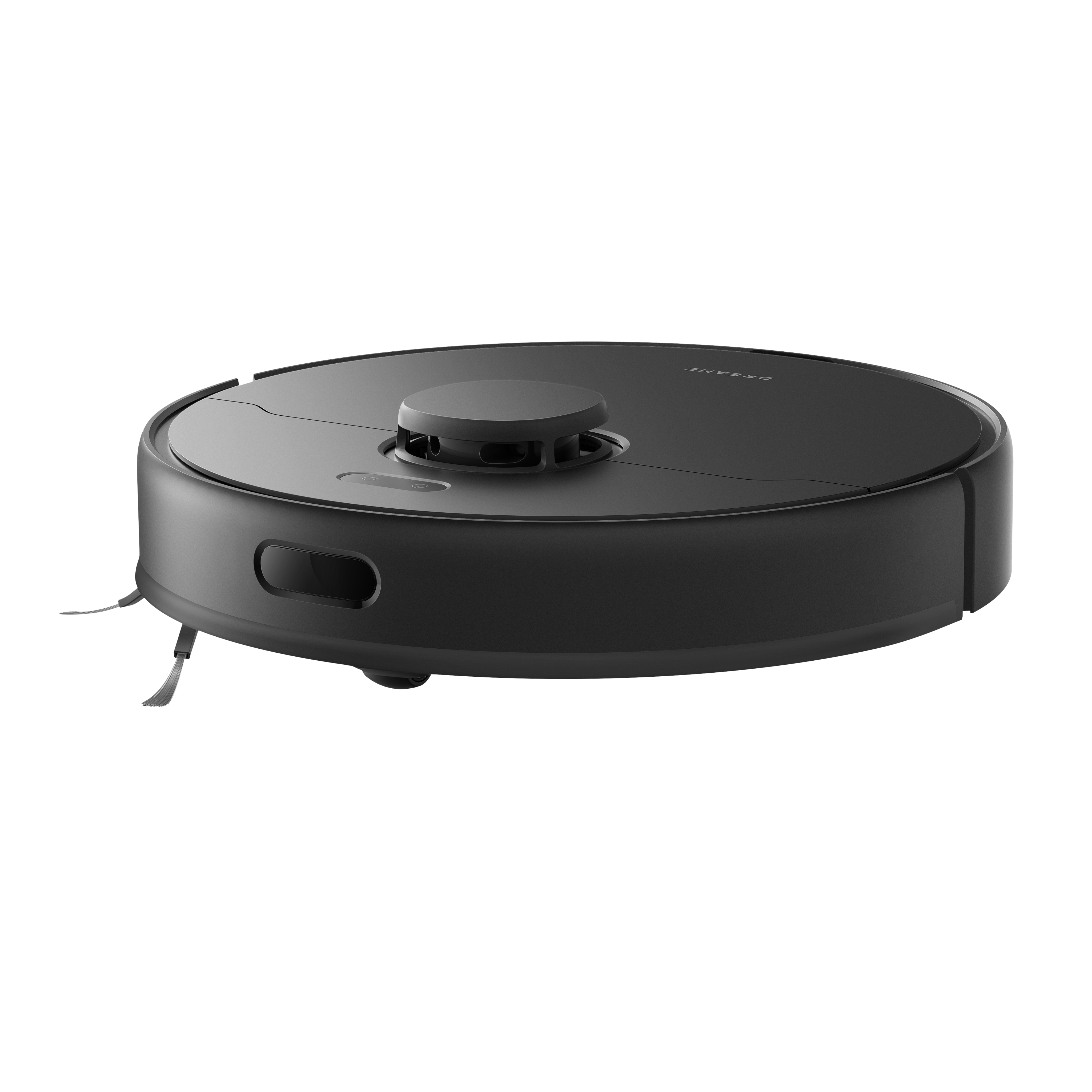


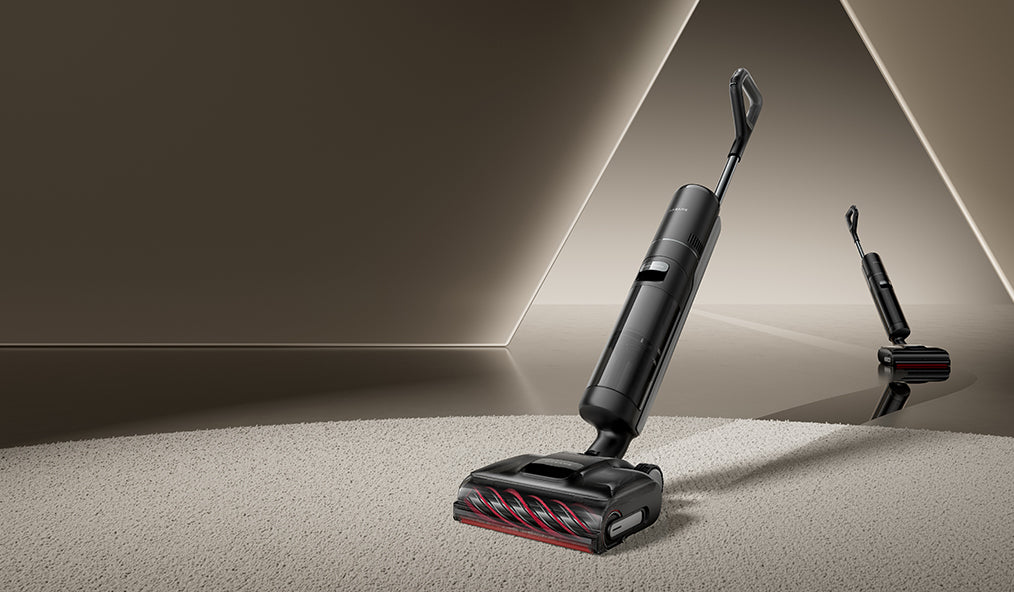
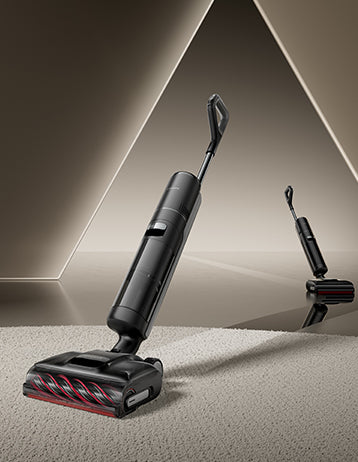
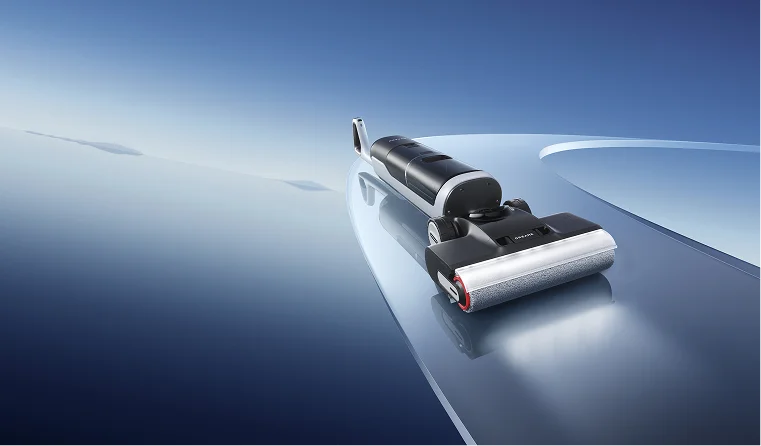
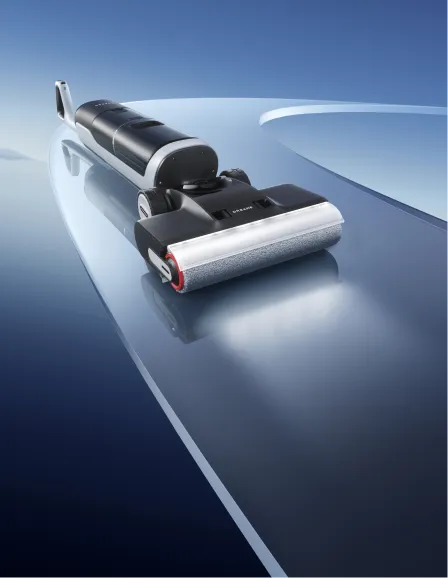
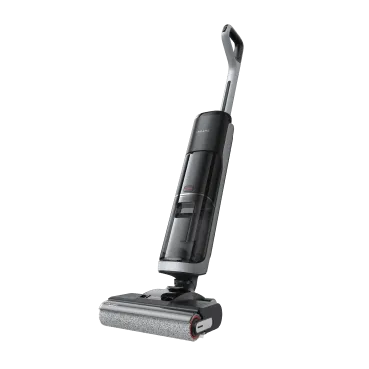
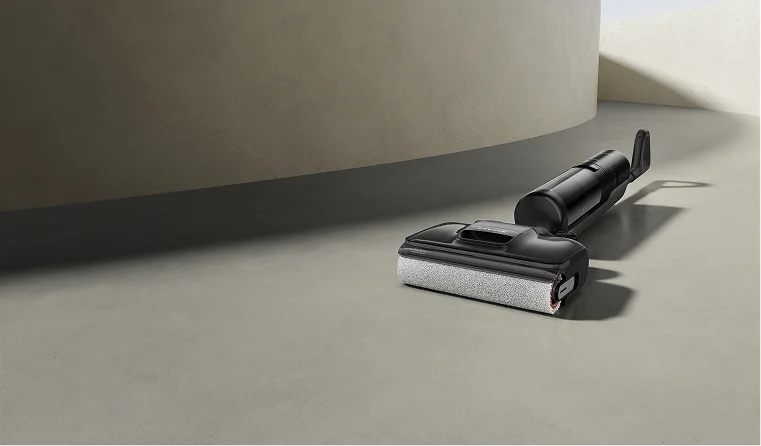
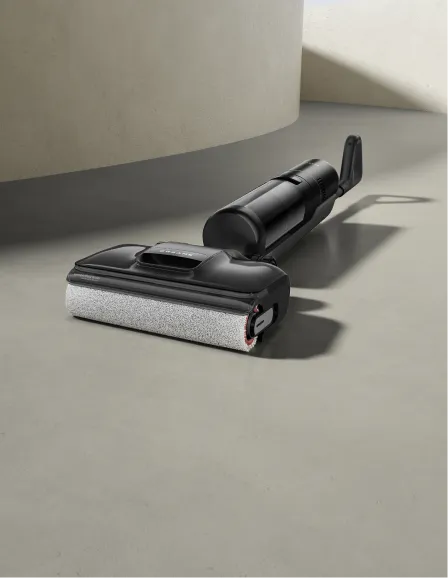
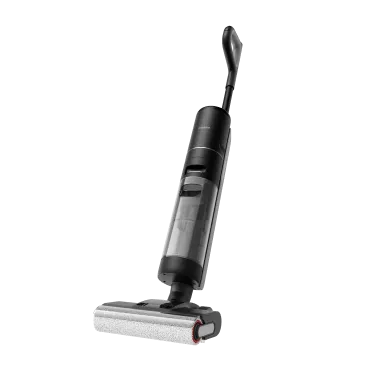
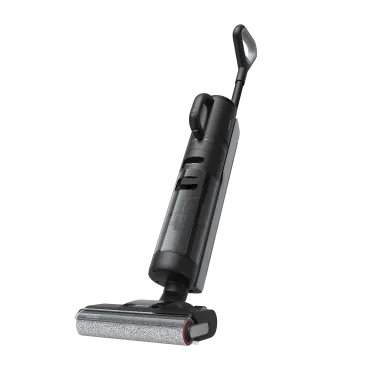
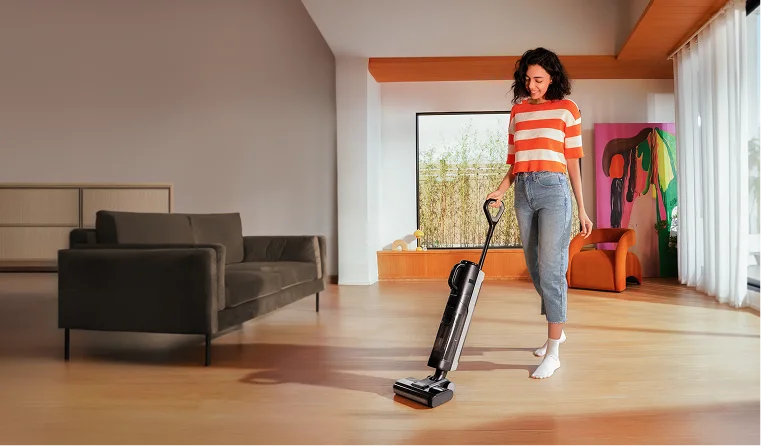
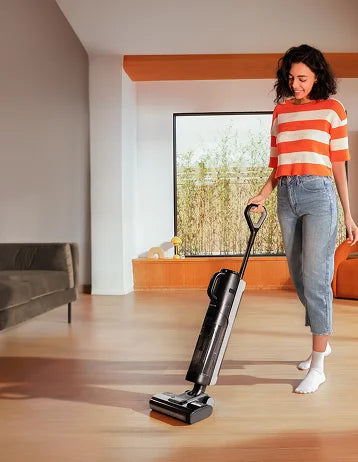
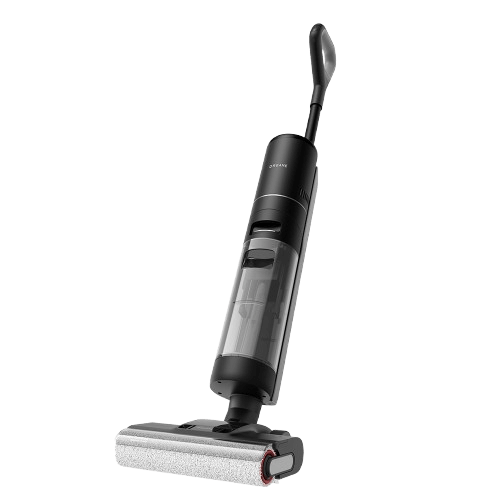
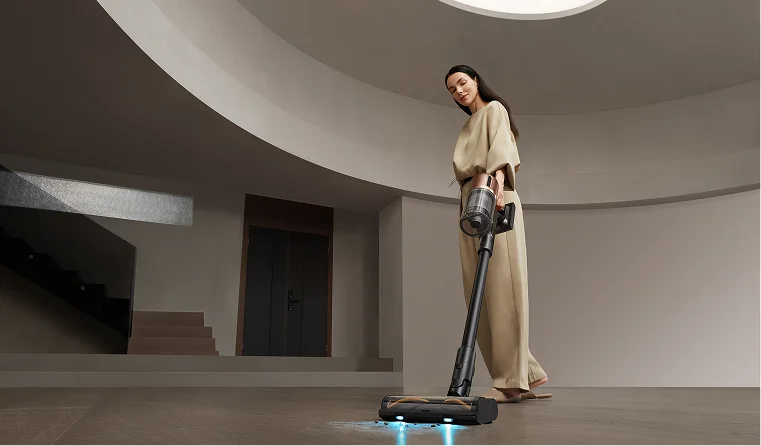
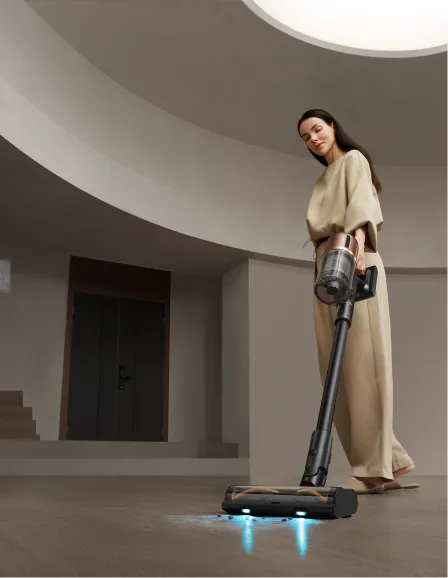
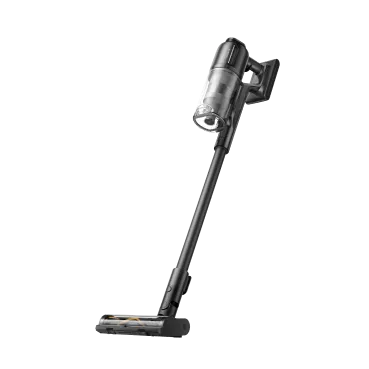
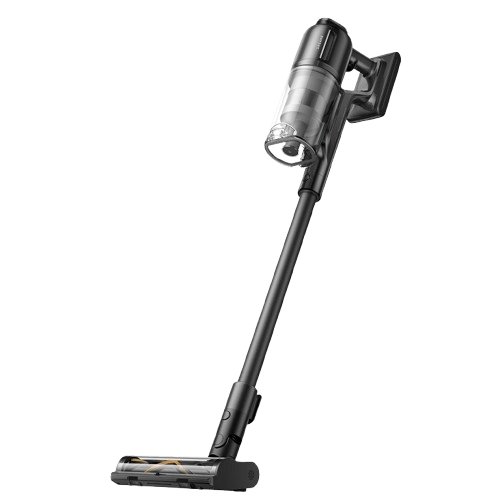
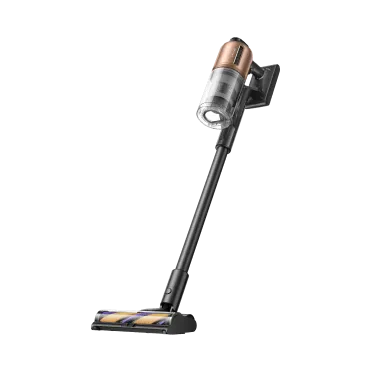
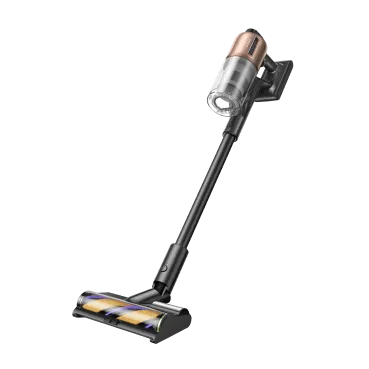
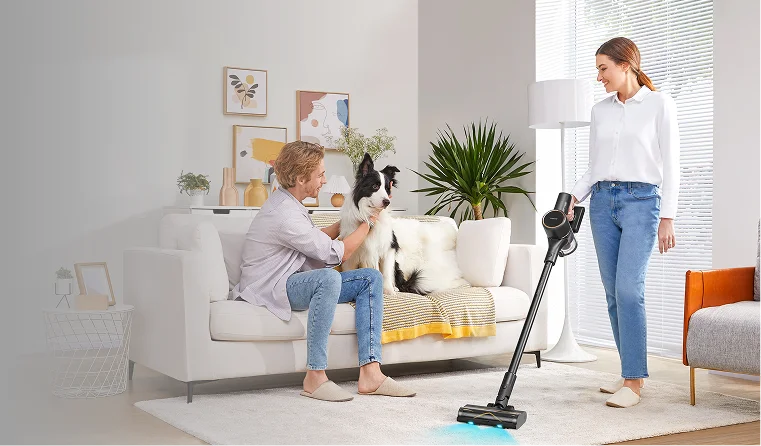
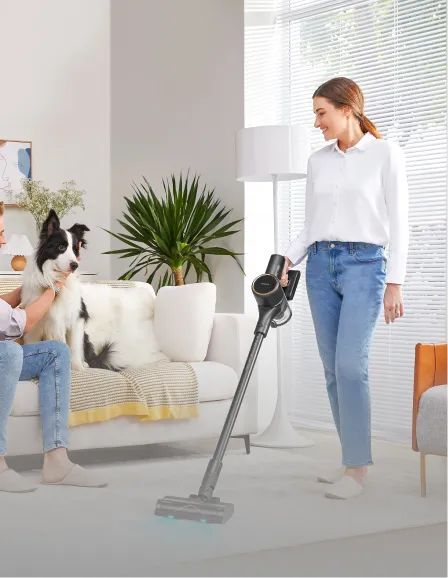
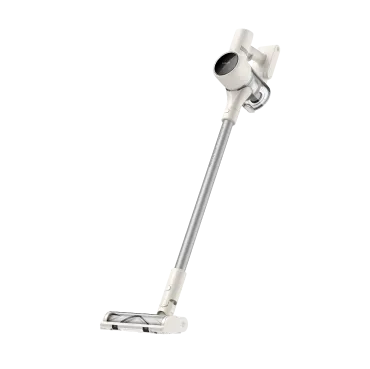
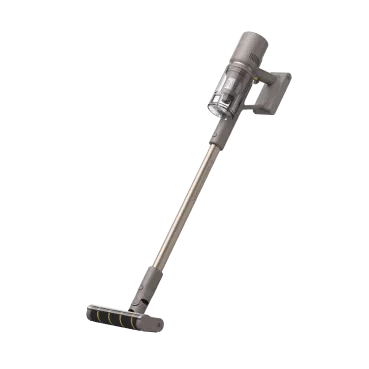
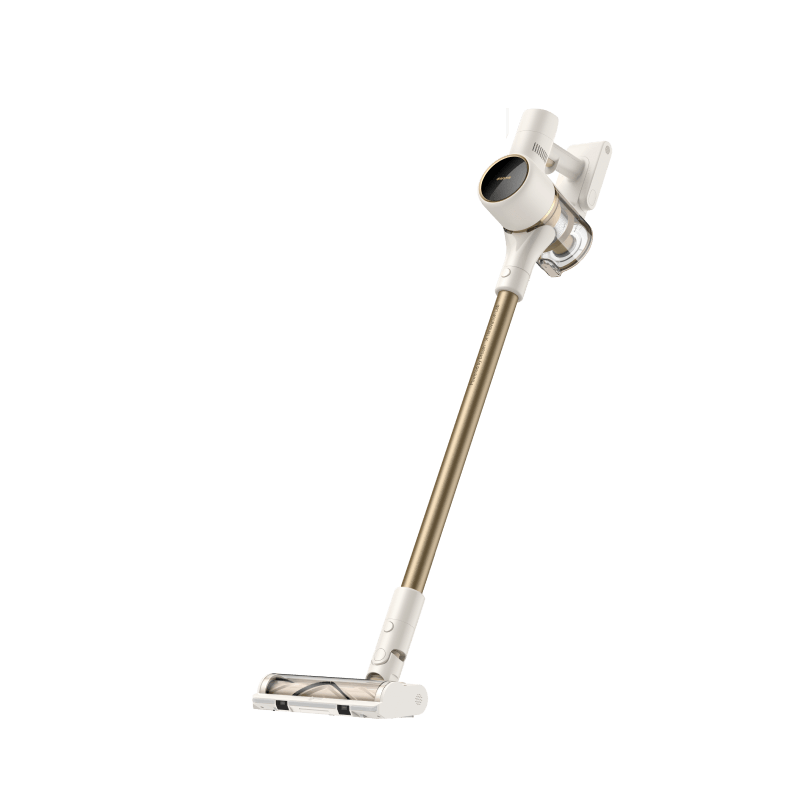
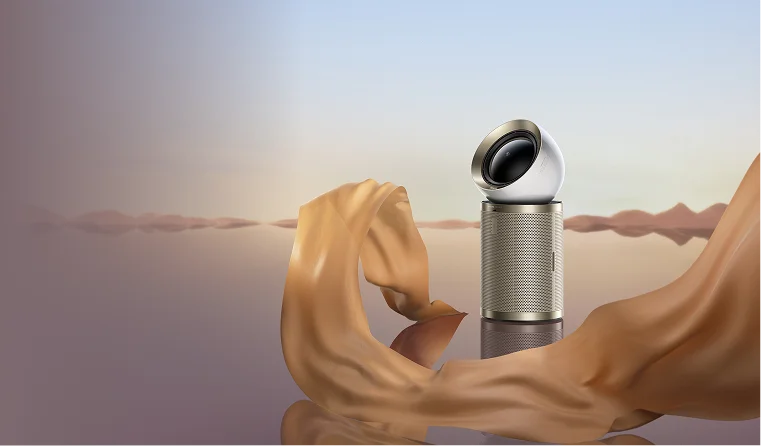
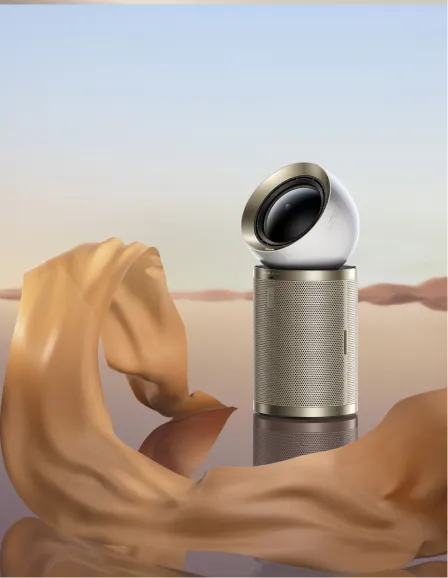
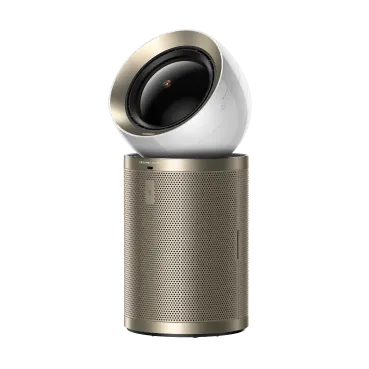
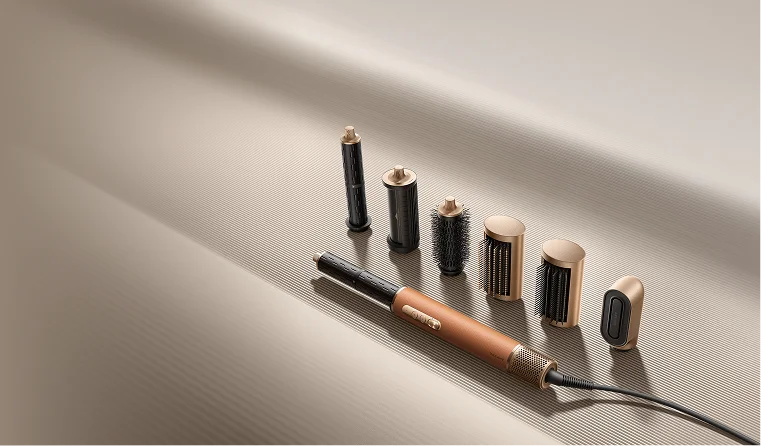
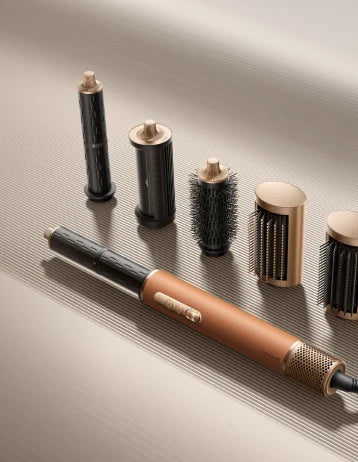
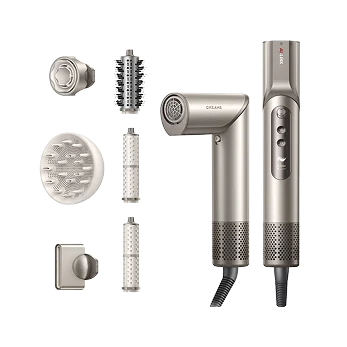
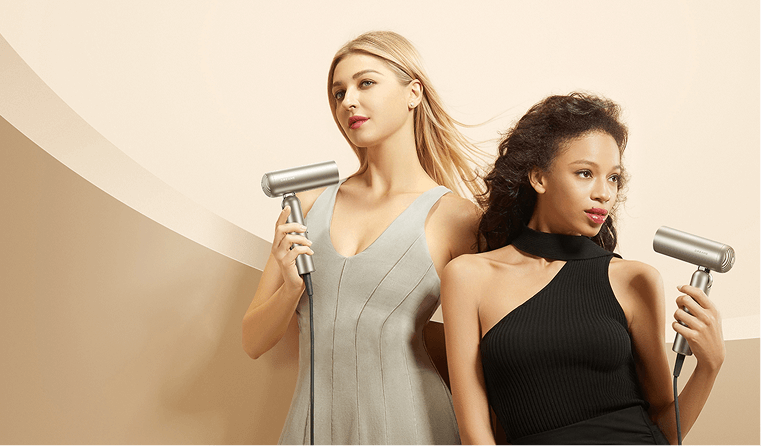

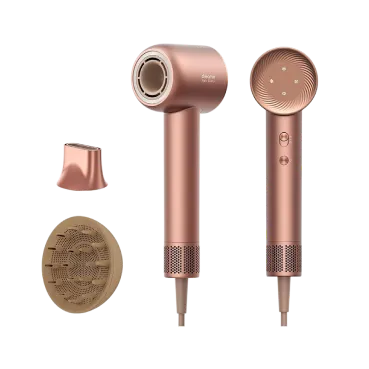
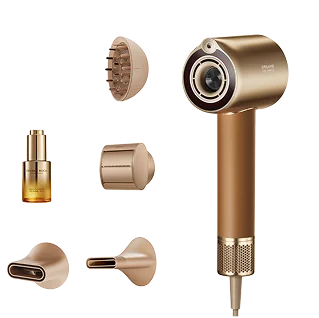
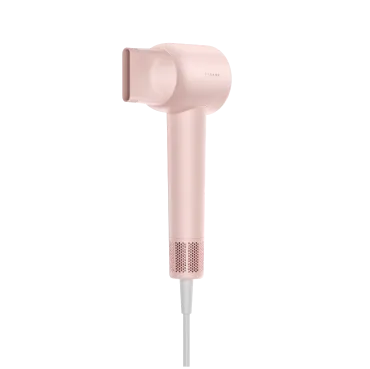


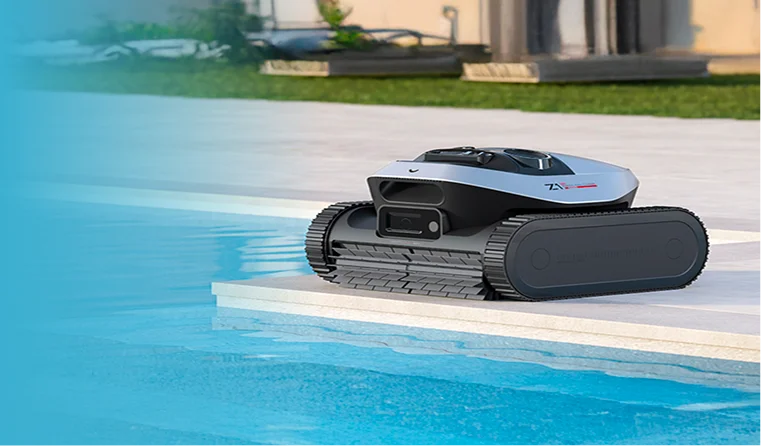
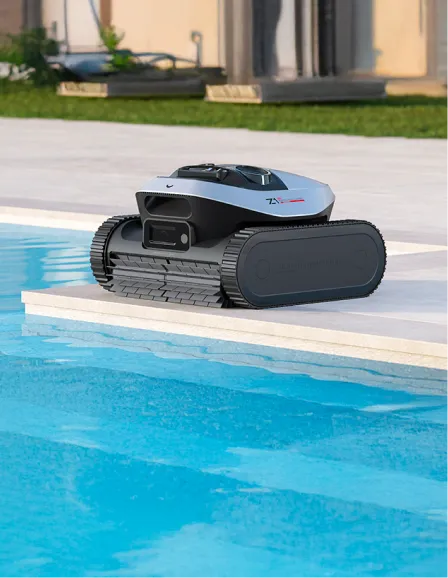
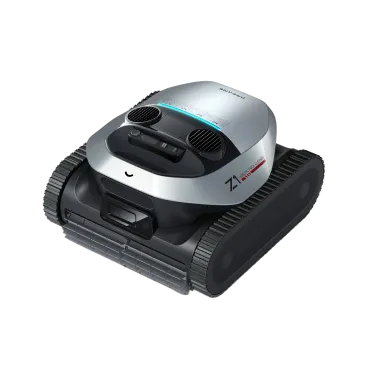
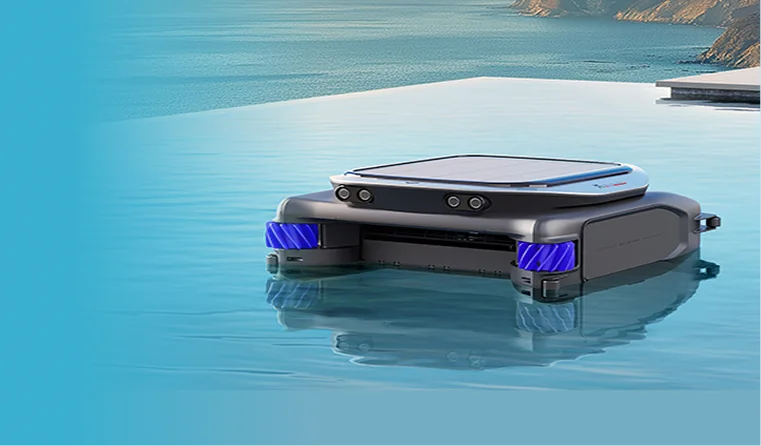
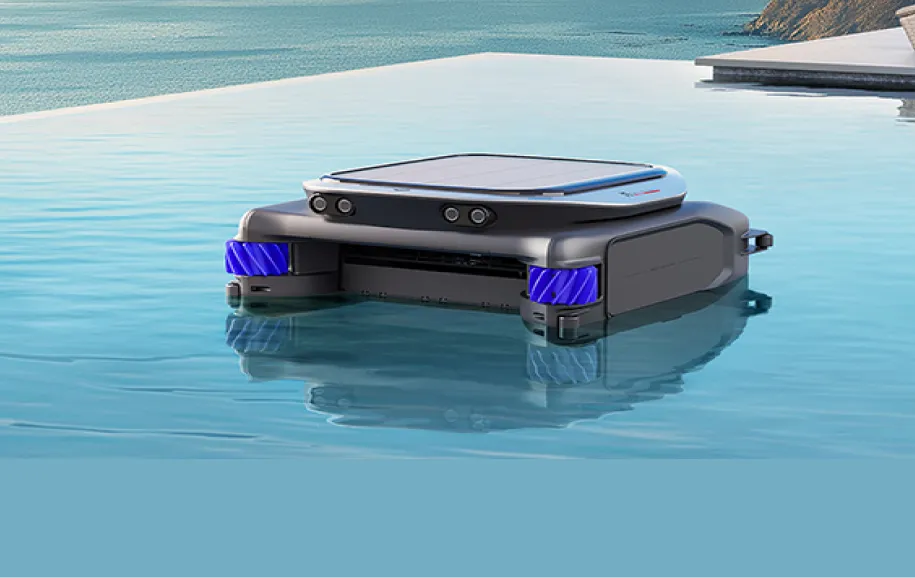










 Australia
Australia 中国大陆
中国大陆 日本
日本


 Türkiye
Türkiye


 Italia
Italia
 Netherlands
Netherlands Belgium
Belgium
 Greece
Greece Polska
Polska
 Norway
Norway
 Sweden
Sweden
 Finland
Finland
 Denmark
Denmark
 Hungary
Hungary Czechia
Czechia
 Slovenia
Slovenia
 Croatia
Croatia
 Switzerland
Switzerland United Kingdom
United Kingdom
 Canada
Canada







